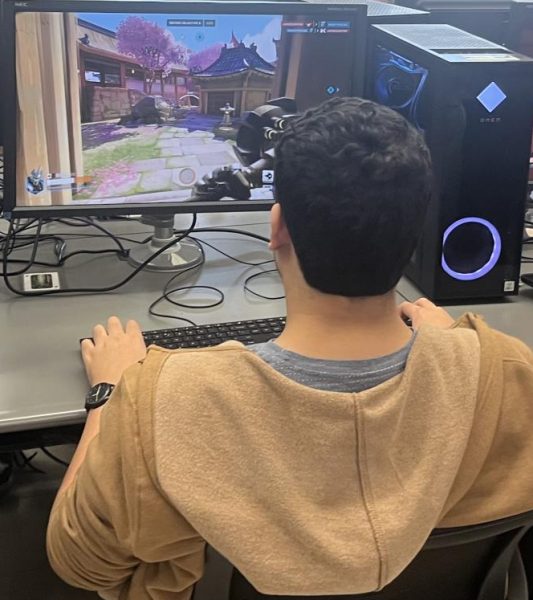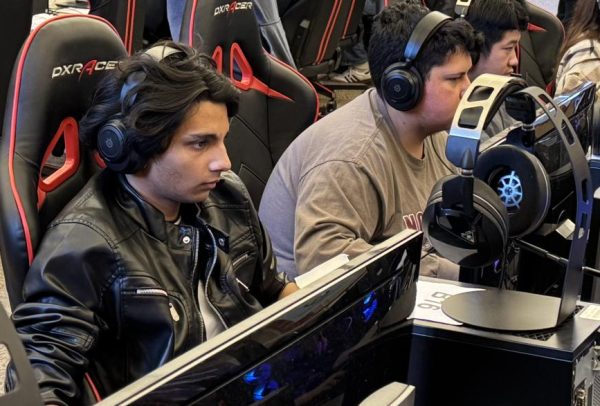
E-sports, also known as Electronic Sports, are defined as competitive gaming. They have been used in events or as a pastime for a while, but some schools are integrating them into their curriculum. Currently, a school in Japan has E-sports in the gym curriculum alongside traditional school subjects due to the competitiveness that comes with E-sports. There might be a future when E-sports are normalized into the school curriculum.
Japan’s E-sports school states that adding E-sports to the curriculum can benefit students. E-sports can help students build teamwork and communication skills, provide opportunities to pursue careers in design or programming and improve critical thinking and problem-solving skills. US Technology Company Intel says, “Game-based learning has been shown to offer many cognitive benefits.” Multiple skills can be taught via E-sports, so adding them to the curriculum can be beneficial.

There are some significant downsides to adding E-sports to some schools. One of the most prevalent issues is screen time, which can lead to problems like eye strain and headaches. Due to the competitive nature of E-sports, there is also the drawback of increased stress and anxiety related to competition. Another factor to consider is the expense of setting up an E-sports environment, as high-quality PCs can be pretty costly. Acknowledging these drawbacks when integrating e-sports into schools is crucial.

Physical Education teacher, Ms. Samantha Zalewski says that if Northside were to do E-sports, they should be physical if it were to be a major part of the gym curriculum. On the other hand, Counselor, Mr. Alexander Hughes, wonders about the tying of E-sports to Computer Science. It is important that E-sports is integrated into schools properly to give it value in the school’s curriculum.






